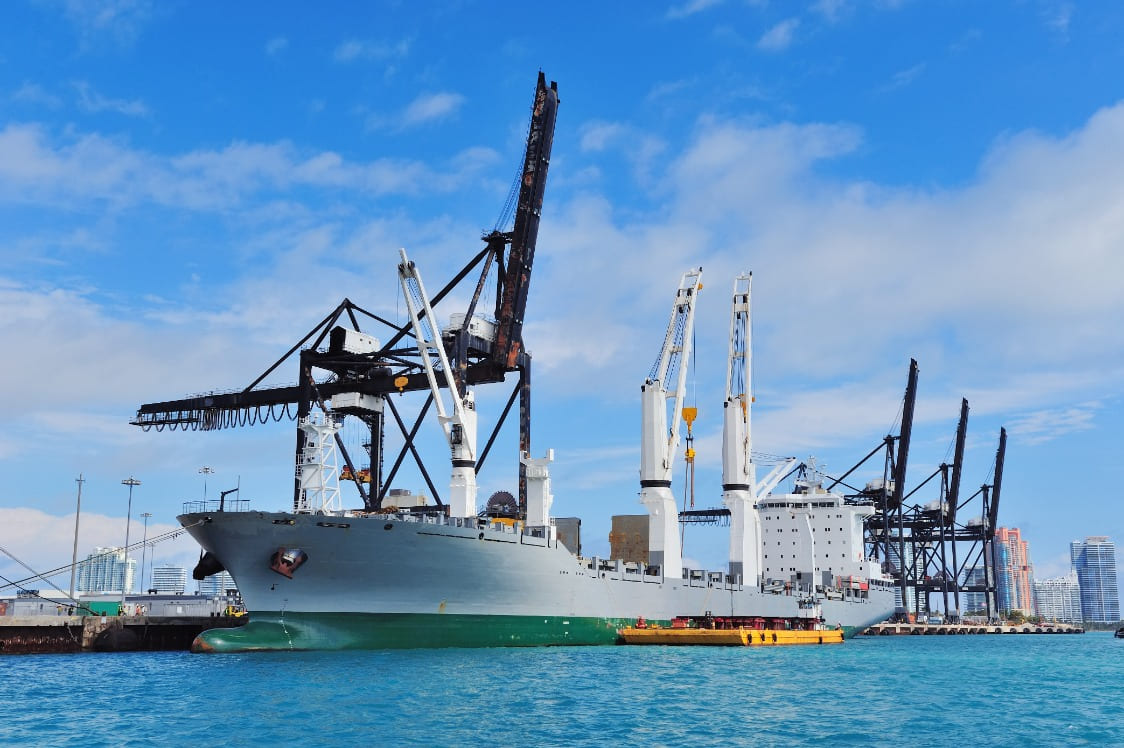Berth Scheduling Explained: How Ports Manage Vessel Traffic

Posted on Apr 09, 2025 at 11:04 PM
Most local and international ports and terminals have high vessel traffic and operations, which is why having a robust berth scheduling is vital for managing berthing and operations in ports and terminals without impacting the constructed infrastructure or marine environment.
Berth's planning and scheduling aim to facilitate all integrated operations and movements from/to and in the port and terminal in the most efficient way based on the available resources, proactive spatial needs, and planning strategies.
Today, we will help you understand all the important details and information about berth scheduling, including berth allocation and scheduling factors, actual execution types, and active application benefits of robust berth scheduling operations and logistics in the port and terminal.
What Is Berth Scheduling?
Berth scheduling term refers to the docking space allocation and position for incoming vessels to the port based on size, cargo type, transshipment location, serving optimization, and optimal time of berthing for each vessel.
We can say that these dynamic port and terminal operations aim for robust berth scheduling, leading to developed and collaborative port and terminal processes.
Moreover, the innovative strategies in berth planning improve container movement programs, allocation study efficiency, and congestion management activity, even in the busiest port and terminal in the maritime industry.
The Main Factors of Berth Scheduling:
Usually, the berthing schedule works based on different factors to allocate each vessel to the most suitable place for its features and required workspace.
Vessel Size:
The vessel size is directly related to the berth space and deep, impacting directly the berth safety, that is why the berth schedule considers vessel size as a major berthing factor.
Cargo Type:
In loading/unloading operations, we could have a container, bulk cargo, liquid, or multiple product,s and each type requires specialized handling and equipment, thus, planners do the temporal berth schedule based on berth allocation and quay crane availability to facilitate arriving vessel movements in all conditions.
Berthing Time:
Not all ships need the same berthing schedule or time according to their timely operational needs and schedules, that is why berth scheduling must take care of timing to minimize time waste and optimize port traffic.
Port Infrastructure Capacity:
The number of berths, fixed cranes, and mixed handling equipment sets the limit for the berth scheduling process to work based on port capacity and avoid port congestion and delayed vessel operations.

Types of Berth Scheduling:
Based on the best London Maritime Academy for students from the USA, there are many types of berth scheduling strategies that a port and terminal could follow based on allocation, time, and other multi factors:
Shortest Remaining Time First (SRTF):
This berth schedule type aims to determine ship assignments with the minimum remaining docking time to manage and solve port congestion.
However, this scheduler type may be super efficient for a vessel with a short docking time but may delay a longer-stay vessel's berthing and movement.
Shortest Job First (SJF):
All vessels entering any yard in ports and terminals require services, operations, and coordination operators, thus, some ports and terminals focus and schedule berthing based on the needed service time to facilitate quick turnaround for the carrier.
Yet, this simulation could cause vessels with long service times to wait longer, use more energy, and require a higher cost.
First-Come First-Server (FCFS):
The fairest berth scheduling model, as it develops or assigns positions or berths in the order of arrival to ports and terminals despite the conflict of berthing or scheduled service time.
Although this is simple to implement, this decision process may not be as efficient during high-traffic periods.
Critical Benefits of Berth Scheduling in Ports and Terminals:
All, and we mean this, all ports in the USA apply berth scheduling systems based on cargo type (container, bulk, liquid, …) or vessel size to ensure smooth workflow and benefit from outstanding features:
Better Time Management:
Effective berth scheduling includes smooth port operations, minimizes vessel waiting time, and avoids turnaround delays.
Reduce Operational Costs:
Berth scheduling in a port enables lower fuel consumption, fewer road deviates, collateral charges, and labor fees, which help shipping companies and ports reduce overall costs.
Increase Port Movement:
Optimized berth assigning and scheduling increase the efficiency of ship movement in and out of the port, leading to enhanced port capacity and continuous flow.
Improved Overall Efficiency:
Ports with advanced berth scheduling systems and algorithms can handle higher total movements and loads of operations without delays, disruptions, or downtime.
To conclude,
Berth scheduling is one of the most important and efficient operations in local and international ports to get the best out of available resources, data, and tools.
That is why berth allocation, planning, and scheduling are highly important for all ports in the USA.





